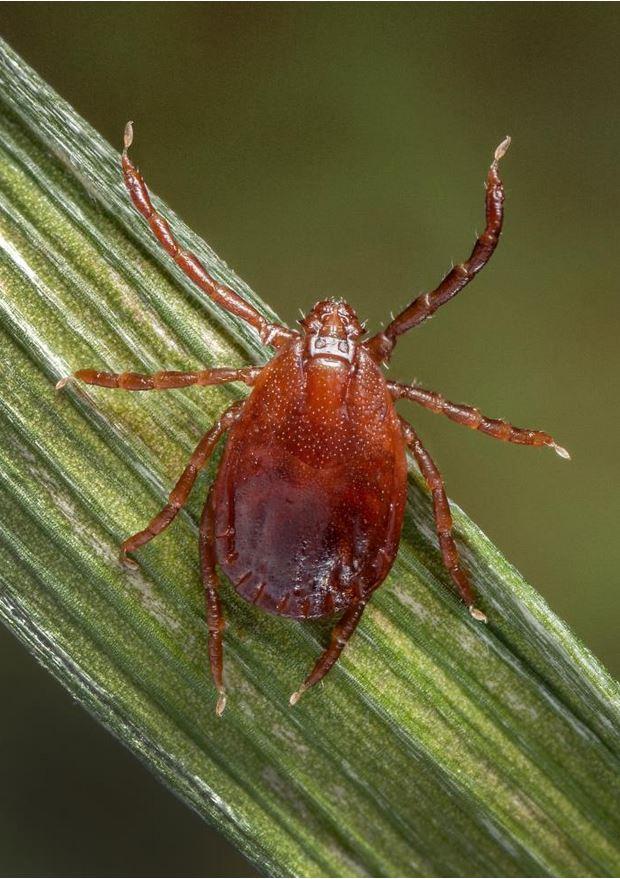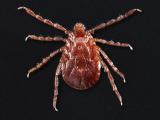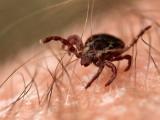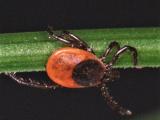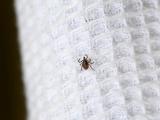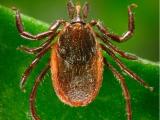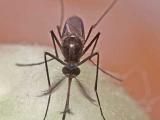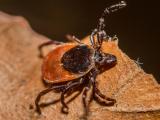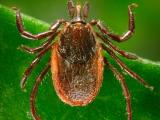A study today in Morbidity and Mortality Weekly Report (MMWR) shows that the Asian longhorned tick (Haemaphysalis longicornis) has spread within the United States in the last year.
And while no states have reported cases of human or animal disease transmitted by the ticks yet, the arachnid poses a threat to humans, animals, and the environment.
Unlike other ticks, a single female Asian longhorned tick can reproduce offspring—1,000 to 2,000 eggs at a time—without mating, the Centers for Disease Control and Prevention (CDC) said in a press release yesterday on the study. That means a person or animal could house hundreds to thousands of ticks, the agency said.
In some parts of the world, including New Zealand and Australia, Asian longhorned ticks have reduced production in dairy cattle by 25%.
In humans, the tick not only harbors harmful bacteria, including Borrelia, one species of which causes Lyme disease, and Rickettsia japonica, which causes Japanese spotted fever, it can also transmit severe fever and thrombocytopenia syndrome virus (SFTSV), which causes a human hemorrhagic fever. The tick can also transmit Heartland and Powassan viruses.
"The full public health and agricultural impact of this tick discovery and spread is unknown," said Ben Beard, PhD, lead author of the MMWR study and deputy director of CDC's Division of Vector-Borne Diseases, in the CDC release.
"In other parts of the world, the Asian longhorned tick can transmit many types of pathogens common in the United States. We are concerned that this tick, which can cause massive infestations on animals, on people, and in the environment, is spreading in the United States."
At least 9 states harbor tick
The tick was first detected on a sheep in New Jersey in September 2017. In 1 year, eight other states—Arkansas, Connecticut, Maryland, North Carolina, New York, Pennsylvania, Virginia, and West Virginia—have also confirmed the finding.
According to the study in MMWR, from August of 2017 through September of 2018, the CDC logged 53 reports of H longicornis in the United States, including 38 (72%) from animal species (23 from domestic animals, 13 from wildlife, and 2 from humans), as well as 15 (28%) from environmental sampling of grass or other vegetation.
Among the 546 counties or county equivalents in the nine states, ticks were reported in 45 counties (8%, or 1.4% of all 3,109 US counties and equivalents), the report said. Arkansas is the only non-eastern state to house the tick.
The authors of the study said the methodology used likely could not capture an accurate picture of just how widespread the ticks are in the United States.
"These [findings] represent sentinels that H. longicornis is present in different U.S. states and regions, and not a comprehensive assessment of the distribution of H. longicornis in the United States," the authors conclude.
The scientists add, "The absence of positive samples from many states and counties might reflect the absence of infestation, absence of sampling, or failure to recover the tick. Even in states where H. longicornis has been found, the available data do not describe the actual extent or intensity of infestation."
The CDC said it is working with state and federal experts to better understand the ticks' presence in the United States and establish a pathogen-free colony for studies.
See also:
Nov 30 MMWR study
Nov 29 CDC press release
